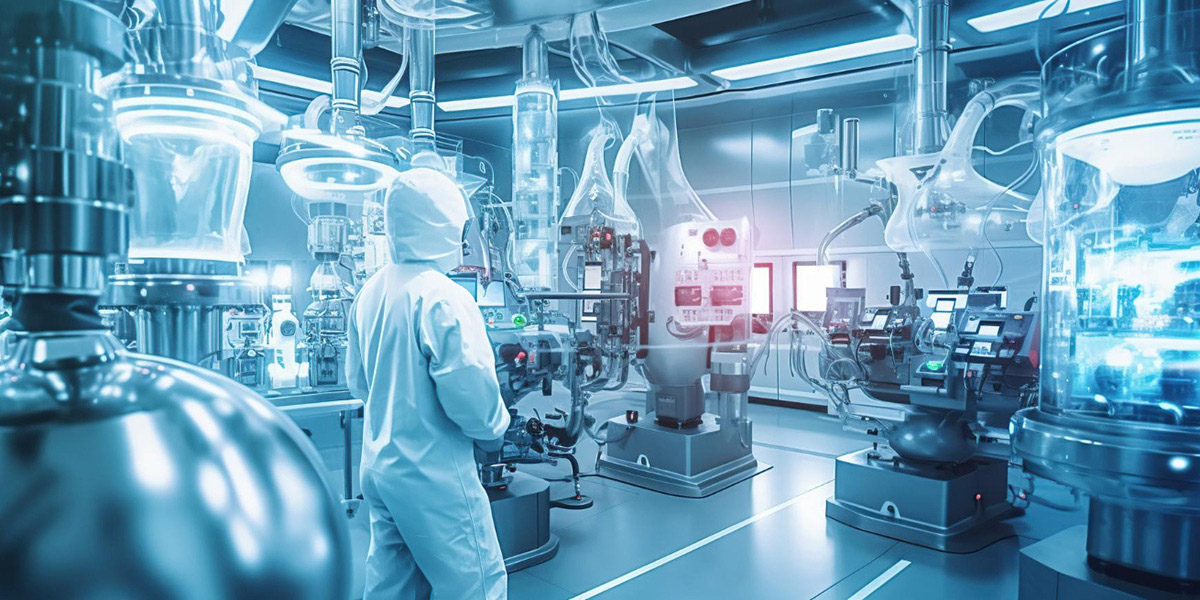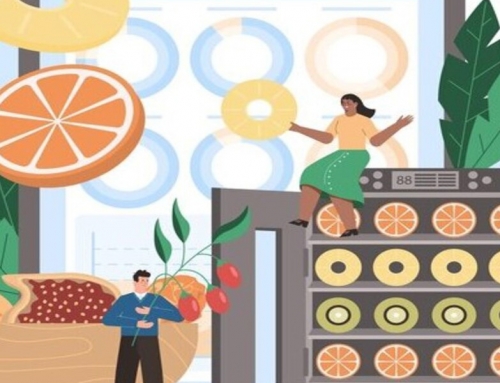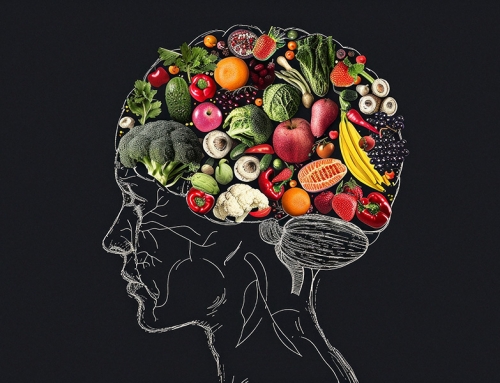Introduction
Nutrition informatics represents the convergence of nutrition, information, and technology. In today’s data-driven world, public health experts operate within an environment rich in information. Nutrition informatics empowers public health professionals to leverage their expertise more effectively by harnessing the capabilities of technology in various aspects of their work. (1)
Importance of Nutrition Informatics in Space Exploration: Nutrition informatics plays an important role in the context of space exploration, where the primary focus is on the health and welfare of astronauts, a top priority. In the demanding and often austere space environment, ensuring astronauts receive appropriate nutrition is not just essential for their immediate well-being but also critical for the success of extended missions. Nutrition informatics aids in the creation of personalized meal plans, the monitoring of nutrient consumption, and the development of space-compatible foods that are compact, lightweight, and possess extended shelf lives. This technology enables space agencies to gather and analyze data regarding astronauts’ dietary patterns and nutritional conditions, facilitating real-time adjustments to their diets. In the remote and challenging conditions of deep space, nutrition informatics plays a pivotal role in upholding astronauts’ health, performance, and overall quality of life. (2)
Categories in Space Food
There are 8 categories of Space Food:
- Rehydrated Foods: Water is extracted from rehydratable foods to improve their storage suitability. This dehydration process (also referred to as freeze-drying), drew inspiration from grapes and raisins and was refined during the Gemini period, resulting in greater diversity and improved packaging. Water is replaced in the foods before consumption. Rehydratable items include both beverages and food items, with hot cereals like oatmeal being a notable example of such foods.
- Thermostabilized Foods: Thermostabilized foods undergo a heat treatment to enable their storage at room temperature. The majority of fruits and fish, such as tuna, are subjected to thermo-stabilization and sealed in cans. These cans are designed with easy-open pull tabs, similar to fruit cups commonly available in local grocery stores. The development of this technology largely took place during the Apollo period.
- Intermediate Moisture Food: Intermediate Moisture Foods are preserved by removing some water from the product while retaining enough to keep its soft texture intact. This way it can be consumed without any preparation. Such preserved foods include items such as dried peaches, pears, apricots, and beef jerky.
- Natural Form Food: These food items are prepared for immediate consumption and are enclosed in flexible pouches. Some examples include nuts, granola bars, and cookies.
- Irradiated Food: These particular food items are produced by placing them inside flexible foil pouches and then sterilizing them by directing a high-energy stream of electrons at a target, typically a heavy metal, which is aimed at the specific food product. Hence, similar to thermos-stabilized foods, they can also be stored at room temperature. Currently, the only irradiated products in use are beef steak and smoked turkey.
- Frozen Food: These food items are rapidly frozen to prevent the formation of large ice crystals, preserving their initial texture and ensuring they taste as if they were freshly made. Illustrations of such foods include quiches, casseroles, and chicken pot pie.
- Fresh Food: These foods are neither artificially preserved nor processed. Example of such foods include apples and bananas.
- Refrigerated Food: These foods are kept in a refrigerated or cool setting to prevent spoilage. Examples of such foods include cream, cheese, and sour cream. (3,4)
Microgravity: An Important Aspect
Microgravity plays a crucial role in the experiences of astronauts during their journeys, significantly influencing the way food is consumed and packaged in the unique space environment. Microgravity refers to a condition in which the effects of gravity are greatly diminished, typically occurring when a spacecraft orbits Earth. The presence of microgravity has a distinctive impact on both the design of food products and their packaging. Due to this phenomenon, meticulous measures are taken to package and serve food in a way that prevents it from floating around inside the Space Shuttle or the International Space Station (ISS). Many food items are packaged with liquids, which serve to hold the food together. Special straws are utilized for drinking liquids, featuring clamps that can be closed to prevent any spills caused by capillary action and surface tension when the liquids are not being consumed. Microgravity also poses a challenge for dining utensils, as knives, forks, spoons, and scissors tend to float away. To address this issue, these utensils are secured to magnets on the food tray when not in use. (3,4)
Recent Advances and Scopes for Improvement: Currently, food scientists are actively researching ways to provide sustenance for astronauts during extended missions lasting a minimum of 2.5 years. In the sterile environment of space, astronauts find solace in the presence of green, growing things. The primary objective is to cultivate ample quantities of fresh produce, thereby affording astronauts access to vitamin-rich vegetables and allowing for adjustments to their menus based on texture preferences throughout the mission. Consequently, they will rely less on pre-packaged food options. In August 2015, a significant milestone was achieved when the first lettuce was successfully grown on the International Space Station using rooting pillows and LED lights. However, further refinements are essential in order to cultivate bulk quantities of space vegetables and ensure their safety for consumption during lengthy missions and on the surface of Mars.
Research is currently underway to understand how the sense of taste and smell is affected by microgravity. In the space environment, taste buds respond differently to flavors, often becoming less sensitive, resulting in a perception of blandness in food. This can lead to a reduced desire to eat and weight loss among astronauts. To assess this, surveys are conducted, involving astronauts being provided with comfort foods and filling out mood questionnaires before and after consumption.
Additionally, there is ongoing research into 3D printed foods to address the future food requirements of long-term space missions. The goal is to develop 3D printed food items with a longer shelf life than those produced using existing food processing methods.
As advancements in space dining continue to improve, astronauts are now able to enjoy a wider variety of foods beyond dehydrated ice cream, flour tortillas, and vacuum-sealed meals. The introduction of freshly brewed coffee, among other innovations, has contributed to boosted morale in space.
- For instance, tortillas have become a popular choice in space due to the challenges posed by bread and other baked goods, which tend to produce floating crumbs.
- Chinese scientists have successfully grown wheat in space and milled flour from it to make noodles and dumplings, showcasing advancements in space farming.
- Astronauts gather a radish harvest aboard the International Space Station. (4)
Future Opportunities and Challenges
Food serves as the ultimate solution to counteract physiological and behavioral challenges in space. Therefore, the primary objective is to optimize the food system to mitigate the effects of the space environment while minimizing resource usage and ensuring the palatability of food throughout the mission. Although numerous food systems exist on Earth, their adaptability to meet the demands of spaceflight is still a work in progress and must be made feasible within budget constraints.
- Nutrition- For long-term missions, it’s crucial to address issues like nutrient deficiencies, insufficient calorie intake, under consumption, preservation methods, and nutrient toxicity to achieve mission goals successfully.
- Resource Minimization: Every resource used, such as mass, volume, crew time, water, power, equipment, and waste products generated by the food system, must be carefully considered against the available variety of acceptable and nutritious food for astronauts.
- Safety: Ensuring the safety of food is of utmost importance to protect astronaut health and the spacecraft itself. Rigorous ground processing and testing of the ISS food system minimize the risk of foodborne illnesses.
- Palatability: A food system may meet all the necessary criteria, but if it lacks palatability, astronauts won’t consume it in sufficient quantities to support their health, performance, and morale.
- Reliability: Just like the failure of other systems in a spacecraft can have catastrophic consequences, the loss of part or all of the food system could be disastrous. It’s essential that all systems are rigorously validated under real or simulated conditions.
- Physiological Effects: The physical well-being of astronauts is of paramount importance during space missions, especially for long-term missions like lunar surface exploration or travel beyond low Earth orbit. Astronauts experience various physiological changes. Therefore, space food must be formulated to meet these specific requirements. In addition to physical changes, astronauts may also undergo psychological changes. It’s crucial that the food supply doesn’t fail to provide the necessary nutrients and contribute to the astronaut’s well-being in the challenging and isolating space environment.
- Space Farming: Research in space farming concentrates on cultivating plants with a high proportion of edible parts that can thrive in confined spaces. Ongoing research involves growing a variety of plants in space, including thale cress, lentils, wheat, leafy salad plants, field mustard plants, and soybeans.
Researchers are working to establish how future space-farming operations will function. Experiments are conducted to control the level and duration of artificial gravity to understand its impact on root growth direction. Researchers are engaged in a series of trial-and-error tests to refine the process of growing lettuce by creating precise and optimal growth conditions, ultimately reducing the biological stress experienced by plants in space. (4)
Conclusion
Nutrition informatics plays a crucial role in Space missions. This blog gives a concise overview of the processes, progress, and potential future enhancements in space food technology. The food not only ensures astronaut safety but also offers adequate nutrition and taste satisfaction. Looking ahead, as space exploration missions extend over longer durations, ongoing research explores new frontiers. Emerging technologies like 3-D printed food and space farming hold promise for the future of space nutrition. (4)
References
- Lokesh, Derangula (2021). An Overview of Nutritional Informatics: A Public Health Perspective. Acta Scientific Nutritional Health. Volume 5 Issue 6.
- Tang, H.; Rising, H.H.; Majji, M.; Brown, R.D. Long-Term Space Nutrition: A Scoping Review. Nutrients 2022, 14, 194. //doi.org/10.3390/nu14010194
- National Aeronautics and Space Administration. SPACE FOOD AND NUTRITION An Educator’s Guide With Activities in Science and Mathematics. EG-1999-02-115-HQ
- Raut, Sharvari.; Hegde, Sudiksha.; Modak, Salil & Bhande, Dr. Ramesh (2021). Advancements in Space Food Processing Technologies. International Journal of Scientific Research.12, Issue 06 (C), 2021.






Nice work